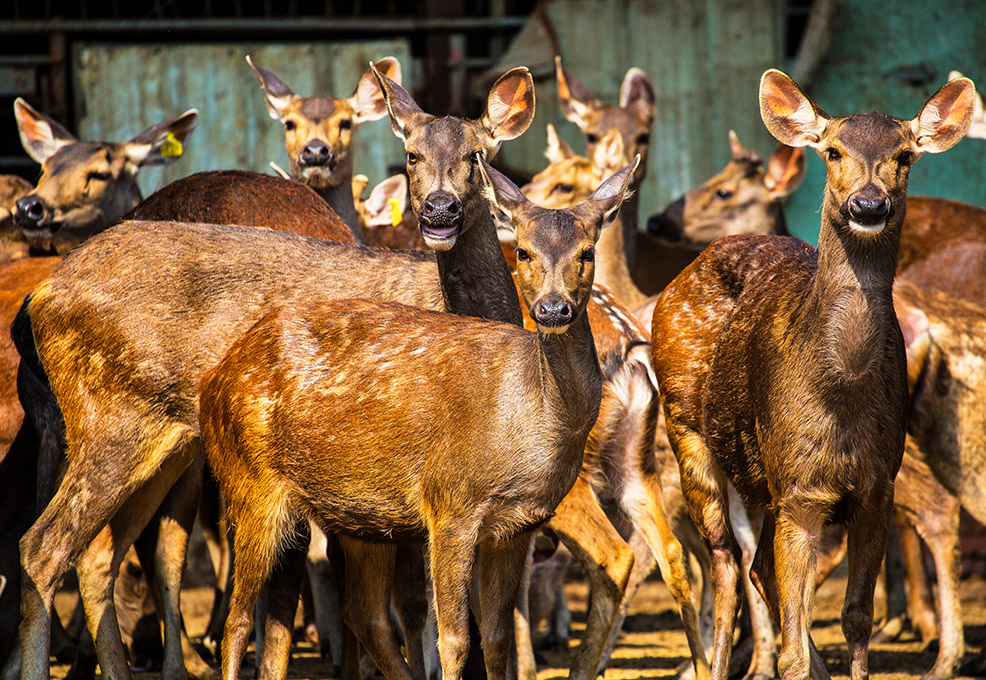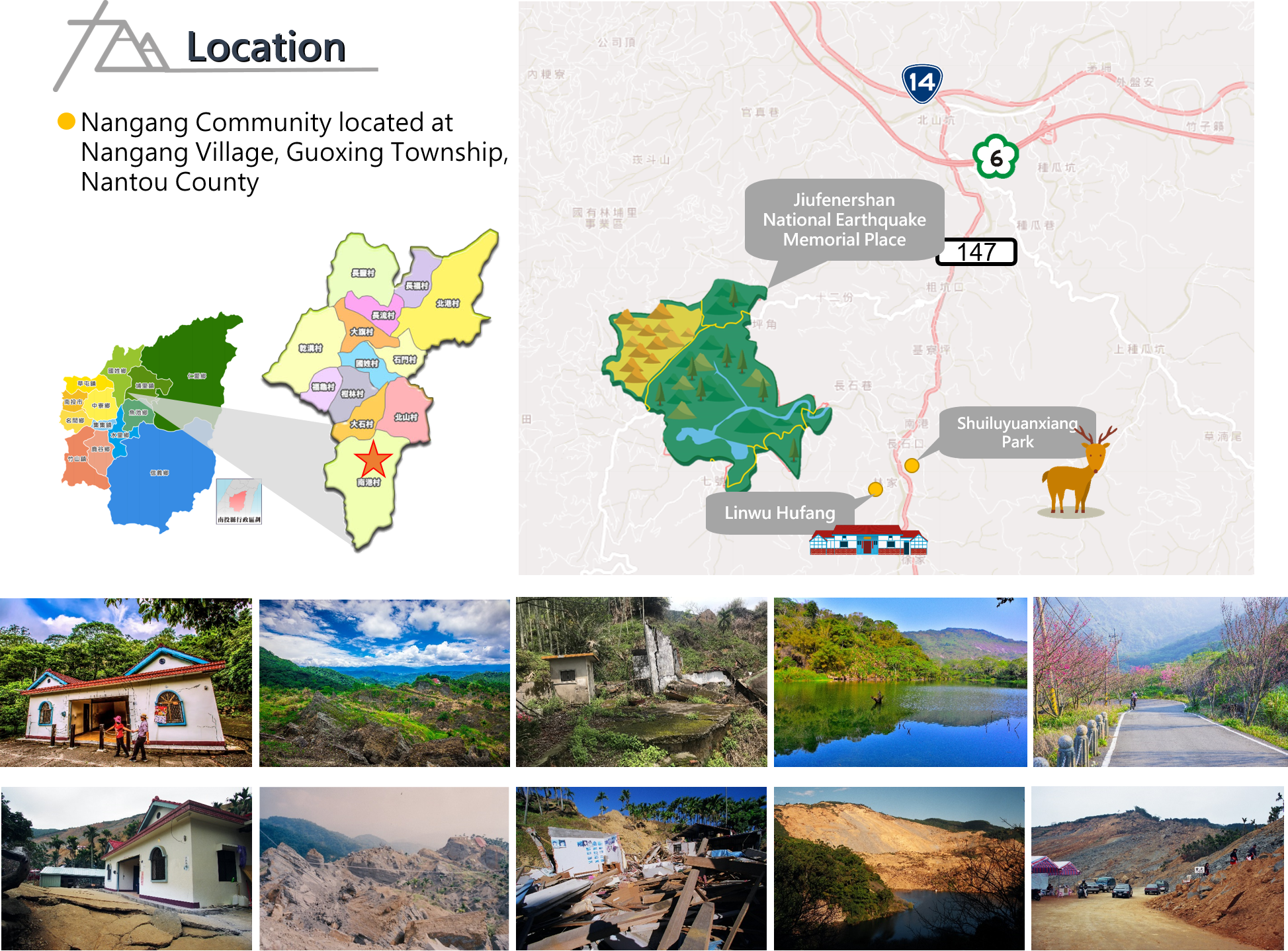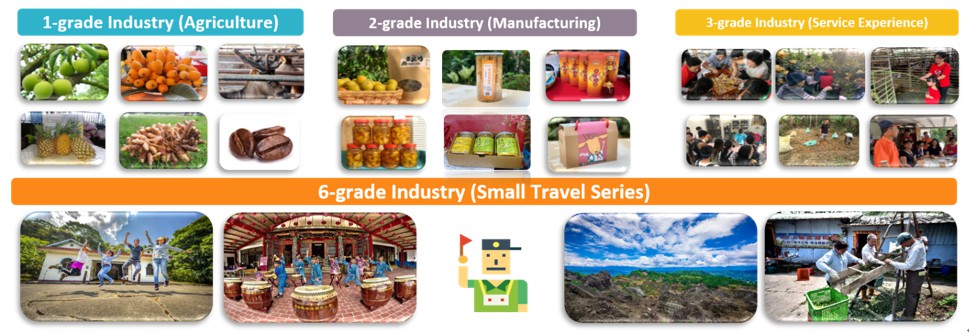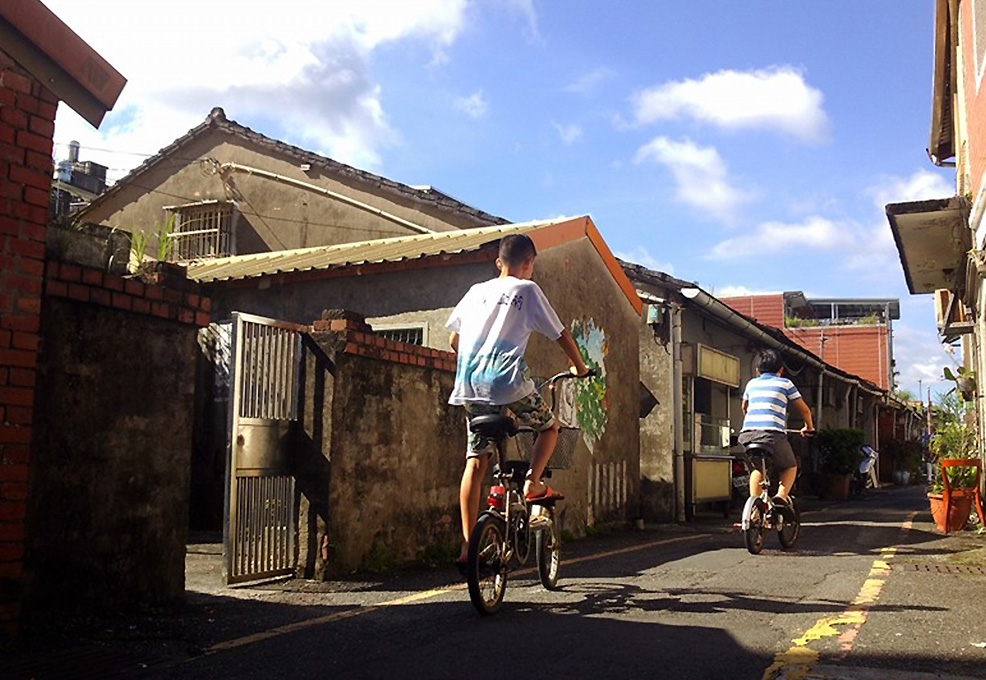Impact of COVID-19 on mental health: Laypersons’ anxiety and healthcare providers’ burnout

Photo Credit: CHAO,LING-CHI
Author(s)
Tien-Yin (Jimmy) ChouBiography
Prof. Jimmy Chou received his PhD from Michigan State University. He is currently the Dean of the College of Construction and Development, Feng Chia University, and the director of the GIS Research Center. His professionalism ranges from resource conservation, geographic information systems, remote sensing, and land management to disaster information.
Academy/University/Organization
Feng Chia University-
TAGS
-
Share this article
You are free to share this article under the Attribution 4.0 International license
- HUMANITIES & SOCIAL SCIENCES
- Text & Image
- June 01,2021
Twenty years after the 921 earthquake, the former epicenter in Guoxing Township, Nantou County has been transformed into a geological scenic village with high ecological value. It once suffered from massive landslides and destruction, but through long-term ecological and infrastructural restoration, Jiufenershan National Earthquake Memorial Place was eventually set up and the neighborhood has been reborn. Formosan Sambar Deer farming is a key industry in Nangang village. With the aid of a rural regeneration program after the 921 earthquake, the annual product value of deer-farming now exceeds 100 million NTD. Meanwhile, problems resulting from the aging population and youth outflow are major issues in the area. It is wished to stimulate the local village development by the cattle-farming industry, disaster prevention, and environmental education.
Twenty years after the 921 earthquake, the former epicenter in Guoxing Township, Nantou County has been transformed into a geological scenic village with high ecological value. It once suffered from massive landslides and destruction, but through long-term ecological and infrastructural restoration, Jiufenershan National Earthquake Memorial Place was eventually set up and the neighborhood has been reborn. Formosan Sambar Deer farming is a key industry in the Nangang community. With the aid of a rural regeneration program after the 921 earthquake, the annual product value of deer-farming exceeds 100 million NTD. Meanwhile, problems resulting from an aging population and youth outflow are major issues in the area. It is wished to stimulate the local village development by the cattle-farming industry, disaster prevention and environmental education (Figure 1).

Figure 1: The Introduction of Jiufenenshan and Nangang community
Cross-industry integration is essential for industrial and economic development by collaborating with either a combination of the three sectors of activities (primary industries + secondary industries + tertiary industries) or the integration of the advantages of the industries through a formula of strengthening multiplication (1x2x3=6) for the largest mutual benefit. This project studied the domestic experience of 6-grade industrial development. With reference to the Experience Economy, customer action, culture and innovative factors were introduced to develop a unique experience for customers. By breaking through the traditional boundaries between the agriculture, manufacturing, and service industries, the goals of upscaling service modules can be achieved (Figure 2).

Figure 2: 6-grade Industrial development in Nangang community
Through inductive analysis, this project discovered that Nangang Community has the potential for 6-Grade industry. From the customers’ perspective, experience promotion is designed with the five factors of the senses, emotion, thinking, action, and association. Six-grade industry can be further elaborated into leisure farming, innovative cooking, and souvenir industries from the cattle-farming industry. Combining past experience and ideas from local residents, suitable new industries can be created with regional tour packages as the main axis (Figure 3).

Figure 3: Regional tour package in Nangang community
Studies show that emotional experience is the most important factor, followed by thinking experience, associate experience, sensing experience, and action experience. Since the associate experience can be stimulated through product purchasing, Nangang community can put deer farming as the key factor, producing products that can make tourists associate them with Jiufenershan.
It has been found that branding, five-senses stimulation, and visualization still have room for improvement, while participants reflect positively on their first visit.
Despite the aid from development associations, tour arrangements, window of contact, and resource distribution still require improvement. The aging population worsens problems of regional development. In the future, it is suggested that a third party, such as innovative experts or academic parties can be introduced in the management structure. They can provide new solutions, guidance or consultation. With sufficient resources provided by the central government, the development difficulties can be overcome.
STAY CONNECTED. SUBSCRIBE TO OUR NEWSLETTER.
Add your information below to receive daily updates.




